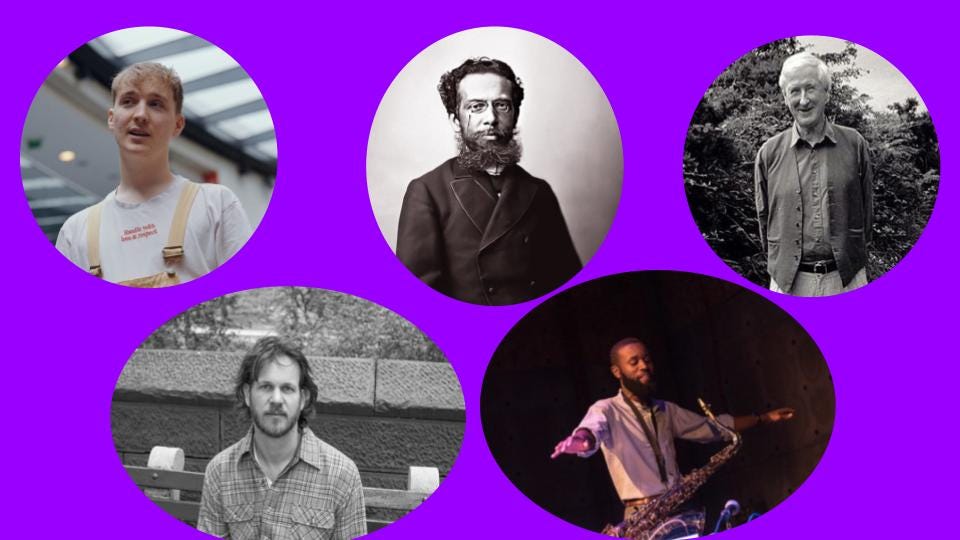
International Stuttering Awareness Day is October 22, which makes this as good a time as any to highlight some amazing poets who stutter.
Though stuttering is frequently presented as a defect, the reality is that it’s just one of many ways to speak. Maya Chupkov, one of the hosts of the new podcast “Proud Stutter,” explains why we need to interrogate and dismantle the idea of “normal” speech:
Disrupting the idea of “normal” speech means giving more attention to the complexities of stuttering and verbal diversity. It should not matter how fast and smooth a person speaks when it comes to being heard and taken seriously — because for stutterers, this is often out of our control and puts unnecessary pressure on us to adjust to societal expectations and norms.
Disrupting the idea of “normal” speech also means that I unapologetically speak on my own terms. My stuttering is not “abnormal,” which the industry term commonly used, “disfluency,” describes. Verbally diverse voices are important and by disrupting “normal” speech, we are making room for verbally diverse voices to be heard and to thrive.
As is the case with many forms of representation, part of disrupting the idea of “normal” speech involves expanding one’s own engagement with verbally diverse friends, influences, and media. Especially if you don’t stutter yourself, surrounding yourself entirely with other non-stutterers will only reinforce your notion that stuttering is abnormal. The reality is that around 1% of the population stutters — that’s 76 million people around the world who stutter, and it’s significantly more common in men than women — and many more people have other kinds of speech impediments or differences.
“Proud Stutter,” which launches October 22nd, is one way to listen to and learn from (and with) stuttering and stutterers. Maya says the hope of the podcast is “to transform the stuttering space, one conversation at a time, to allow for our voices to be heard. And for those of us who stutter, to undo lifetimes of self-loathing and hate. This is my voice and it is time I take back my speech, and to help others do the same.”
But for now, you’re on the Anomaly blog, which means there’s a decent chance you’re itching for some poetry. Here are five stuttering poets you should know:
Adam Giannelli
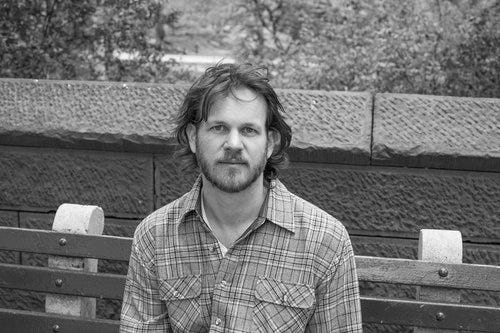
Giannelli’s poem “Stutter” was the first poem I ever read that talks about stuttering, though, as Adam himself has pointed out, the poem’s speaker never actually stutters. Instead, “Stutter” describes the way he talks around his stutter, attempting to conceal it through his choice of words (“since I couldn’t say tomorrow / I said Wednesday”). This isn’t entirely a bad thing — he has noted that “there is an artfulness to the way stutterers maneuver through language” and notes that “even people who don’t stutter confront things they cannot say, and I wanted to broaden the poem to show how we all negotiate our way through words.”
Read “Stutter” and two follow-up poems, “How to Hear a Stutter” and “Stutterfied.”
JJJJJerome Ellis
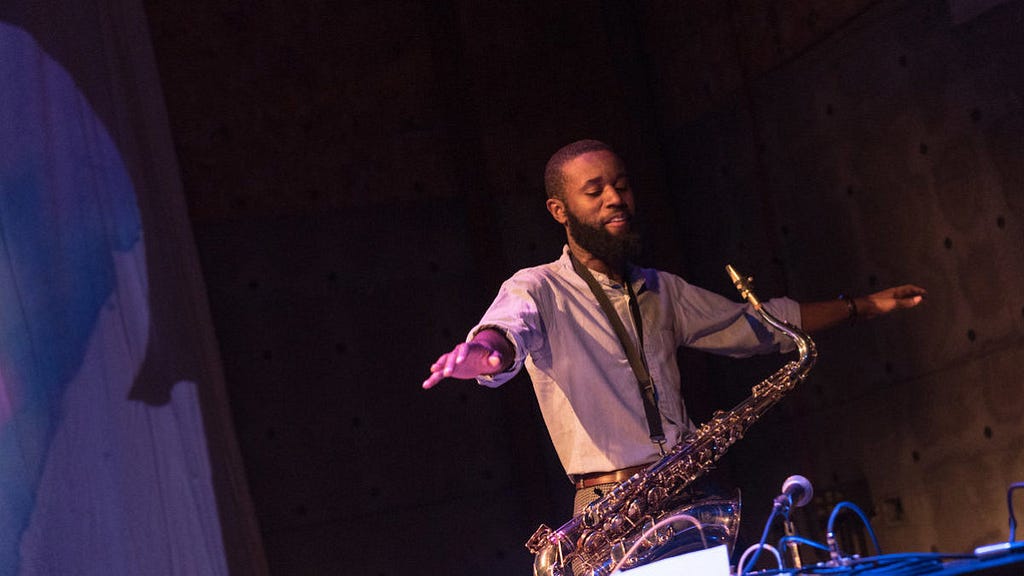
JJJJJerome Ellis is a self-described “blk disabled animal, stutterer, and artist.” He approaches stuttering in multidisciplinary ways, and his forthcoming project BENEDICTION, commissioned by The Shed, explores stuttering as poetry and music. The Shed says it “explores how stuttering invites us to think about and move through time in new ways. Confronted with the constant uncertainty of the future, what can stuttering teach us about how to be in time?” Another work, a performance for The Poetry Project titled “transCRIPted,” saw him transcribe his stuttering from a live reading.
You can find more of Ellis’ writing and music on his website, and be sure to check out his book and album, both titled The Clearing and releasing in tandem this November.
John Montague
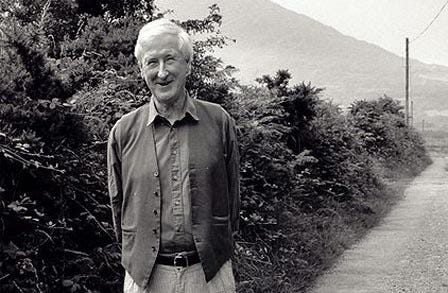
The late poet John Montague, often considered one of Ireland’s best-known contemporary poets, had a stutter. “In grandiose fashion,” Montague said, “I associated [stuttering] with the change of languages in Ireland in the 19th century from the old Gaelic into English.” He discusses this association and the way colonizers use language to control and traumatize, in his poem “A Grafted Tongue.” Montague’s political and historical framing of his stutter points to the fact that “normal” or “proper” speech is a social construction — and one that is often used as a tool of cultural and class oppression.
Read and listen to “A Grafted Tongue” and check out this analysis if you’re looking to go a bit deeper with the piece.
Machado de Assis
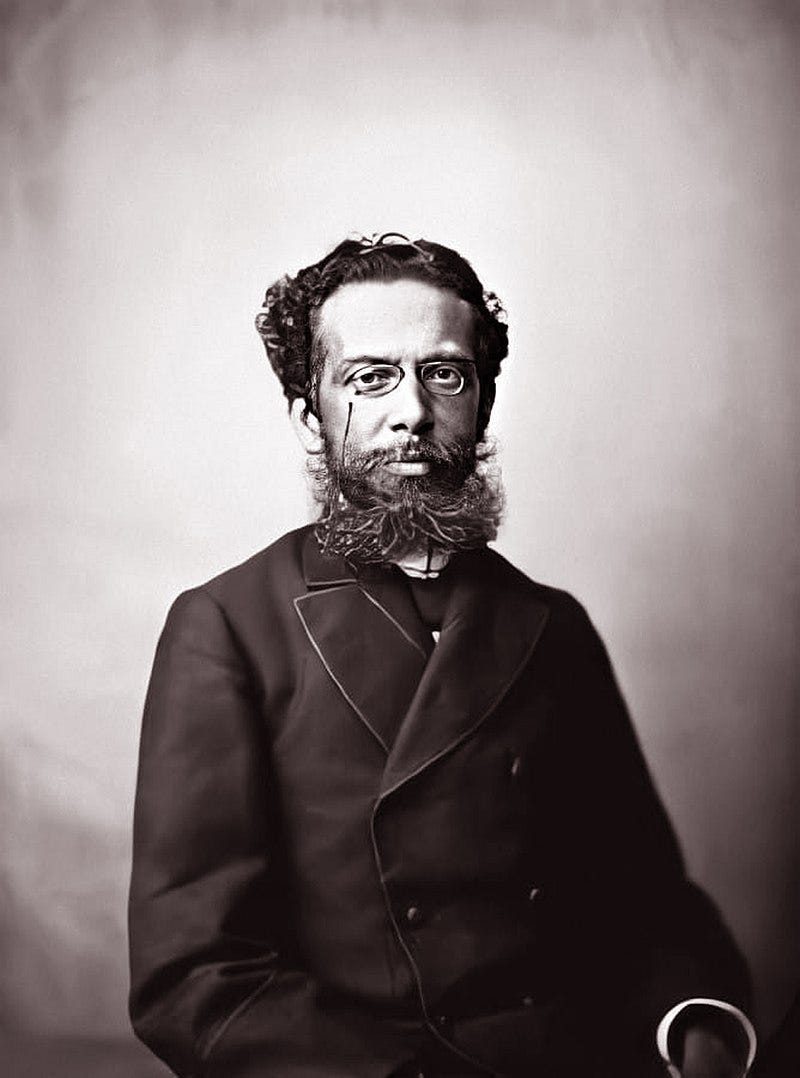
Though perhaps better known for his fiction, the hugely influential late-nineteenth-century Brazilian writer Machado de Assis was also a poet. He was multiply-marginalized (being mixed-race and having epilepsy in addition to a stutter). Due to a lack of access to formal schooling as a child, he was largely self-taught; an early job as a printer’s apprentice (doing typesetting and, later, proofreading) provided the bulk of his literary education. He went on to publish more than two dozen plays and books of poetry and fiction during his lifetime, with many more published posthumously.
Unfortunately, English translations of Machado’s poetry are not particularly easy to find, but here are a few poems. And of course, if you read Portuguese there’s a wealth of his writing waiting for you!
Oli Isaac
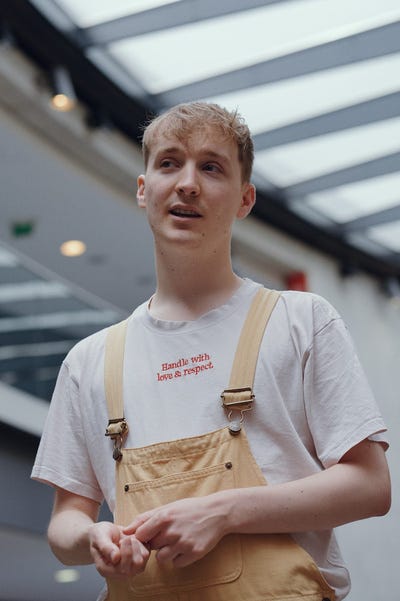
Multidisciplinary artist Oli Isaac uses poetry and theater to explore language as it related to their queerness, non-binary gender, and stuttering. Their current work plays with the speech therapy exercises they were given growing up, subverting and reclaiming them in celebration of speech impediments. They are also one-half of the trans and disabled art duo Clumsy Bodies which seeks “to explore how, as trans people, we learn to tell our own stories when we’ve been denied authorship or them for so long.”
Read their poem “every summer i am reminded sunburns on the back are the loneliest sunburns” in ANMLY and learn about their upcoming performance “Dear Tongue-Tied-Tongue” at the CRIPtic Arts showcase (November 19–20; tickets are still available).
Several of the poets on this list work across disciplines, and I don’t think that’s an accident — it’s something I’ve seen throughout the disability arts community time and time again, and I’ve often said that accessibility has to be multidisciplinary because that’s the only way to account for the variety of ways of sensing/learning/being in the world.
So there you have it — this is a decidedly non-exhaustive list of poets who stutter, but hopefully it gives you somewhere to start. Though many of the poets featured on this list are more loud and proud about their experience with stuttering, that’s certainly not the case for everyone who stutters. People who stutter are as diverse in their relationships to their voices as people who don’t stutter, with different people identifying differently with concepts like disability, impairment, and marginalization on the basis of their speech. Happy International Stuttering Awareness Day!
5 Poets for Stuttering Awareness Day was originally published in ANMLY on Medium, where people are continuing the conversation by highlighting and responding to this story.
